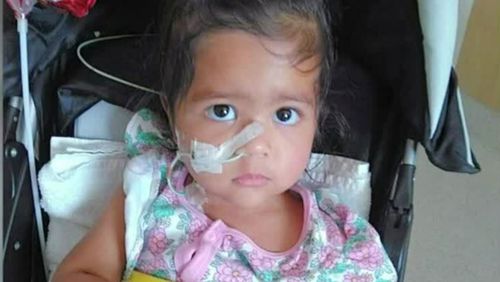Infection
Cases of flesh-eating Strep A injection surge across Australia
Sandeep Kaur’s daughter, Gursirat spent almost two months in intensive care earlier this year after contracting the infection.
The one-year-old was diagnosed with kidney failure, a liver infection, and necrosis on seven of her fingertips, all linked to the deadly infection.
“It was such a difficult time, our baby had drains in her leg, needed two operations and required dialysis for 12 days,” Kaur said.
“Thankfully, her fingertips were saved but she is yet to fully recover. I hope that a vaccine can be made for Strep A so no other child has to endure this.”
Strep A, a bacterium found in the throat and on the skin, led to the death of two children in 2022.
Having the bacteria – also known as group A streptococcus – is actually common, and many people who have it often have a mild sore throat and fever or even no symptoms.
But it can turn deadly and cause permanent disabilities in cases where it develops into a more severe invasion: invasive group A streptococcal disease (iGAS).
Murdoch Children’s Dr Yara-Natalie Abo, who led the study, said despite differences in seasons and circulating viruses, Australia’s surge was similar to trends in northern hemisphere.
“Increases in Strep A cases have been reported around the world, occurring during, and outside of, typical spring peaks,” she said.
“This increase is likely due to a combination of environmental factors and viruses in circulation and more research is needed into whether new strains might be responsible.”
There is currently no vaccine to prevent Strep A but a group of researchers in Melbourne are working to change that.
The trials will involve about 50 participants receiving a candidate vaccine or placebo and having Strep A applied on their throats in a controlled environment.
“We hope this research will accelerate the development of a vaccine and move things forward to bigger field trials,” Murdoch Children’s Professor Andrew Steer said.
“A vaccine for Strep A will save hundreds of thousands of lives every year and prevent millions of infections that send children and adults to the hospital or doctor.”

